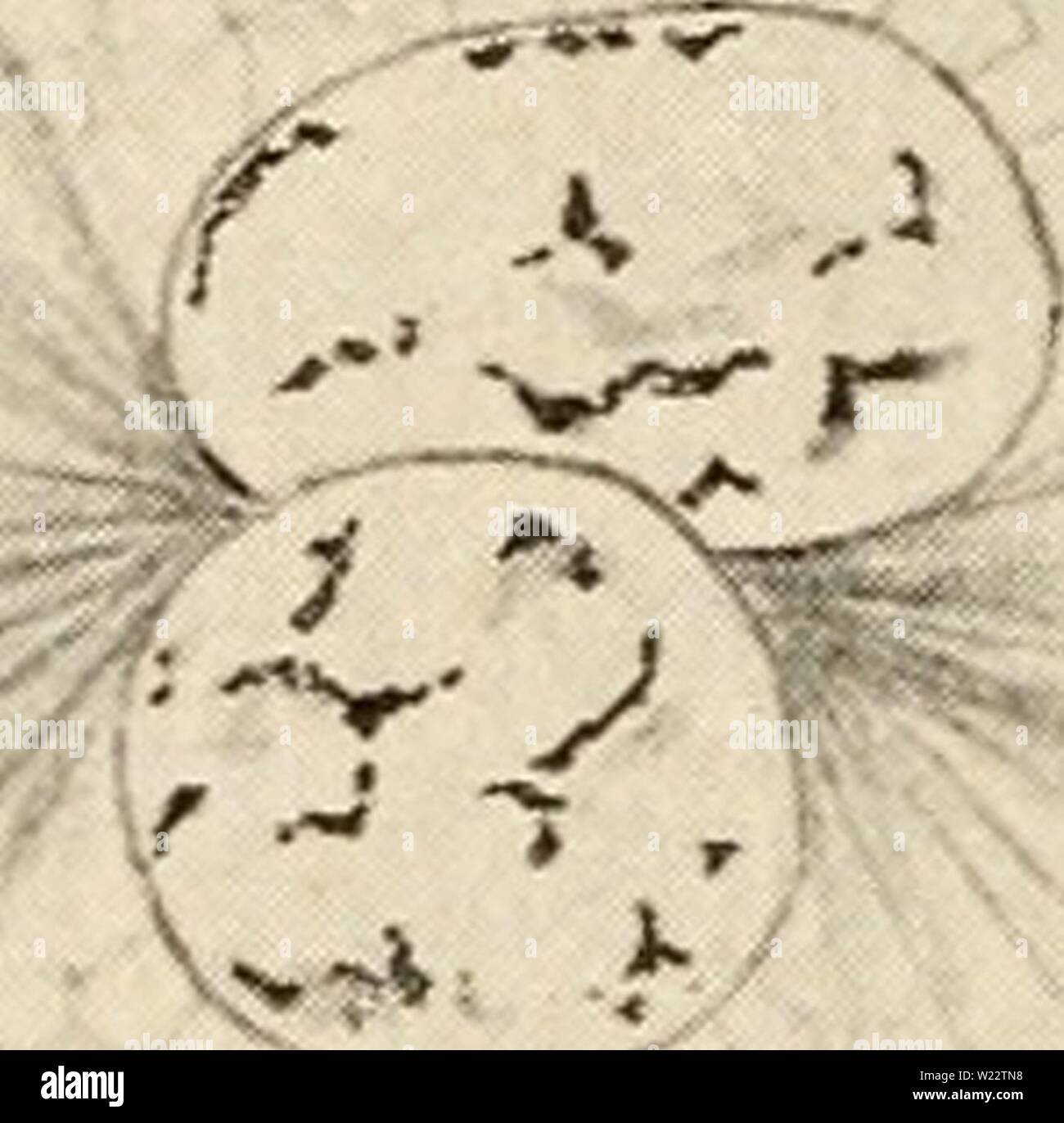Archive image from page 111 of Cytology, with special reference to. Cytology, with special reference to the metazoan nucleus cytologywithspec00agar Year: 1920 B Fig. 44. Artificial parthenogenesis in Asterias. (Buchner, A.Z., 1911.) A, telophase of second maturation division. The second polar body nucleus, instead of being thrust out of the egg, remains close to the egg nucleus. B, the egg and second polar body nuclei have come into contact. Achromatic figure developing. C, the two nuclei have fused. p.b.I., first polar body. two polar bodies, as if they had been properly fertilized. The hap

Image details
Contributor:
Bookive / Alamy Stock PhotoImage ID:
W22TN8File size:
5.7 MB (141.2 KB Compressed download)Releases:
Model - no | Property - noDo I need a release?Dimensions:
1424 x 1405 px | 24.1 x 23.8 cm | 9.5 x 9.4 inches | 150dpiMore information:
This image is a public domain image, which means either that copyright has expired in the image or the copyright holder has waived their copyright. Alamy charges you a fee for access to the high resolution copy of the image.
This image could have imperfections as it’s either historical or reportage.
Archive image from page 111 of Cytology, with special reference to. Cytology, with special reference to the metazoan nucleus cytologywithspec00agar Year: 1920 B Fig. 44. Artificial parthenogenesis in Asterias. (Buchner, A.Z., 1911.) A, telophase of second maturation division. The second polar body nucleus, instead of being thrust out of the egg, remains close to the egg nucleus. B, the egg and second polar body nuclei have come into contact. Achromatic figure developing. C, the two nuclei have fused. p.b.I., first polar body. two polar bodies, as if they had been properly fertilized. The haploid egg nucleus then proceeds to divide as in Echinoids, and a haploid embryo results. In Asterias, on the other hand (Buchner, 1911), while the first maturation division is carried through normally and the first polar body is cut off, the second division only proceeds normally as far as telophase. Instead of the outer telophase group being extruded from the surface of the egg in the second polar body, it is retained within the egg and there forms a nucleus lying close to the inner group or egg nucleus (Fig. 44). The egg and second polar nuclei now approach each other again and fuse precisely as if the latter were the male gamete nucleus. Thus the diploid number of chromosomes is restored. The resemblance between this process and the rarer method of maturation of the partheno- genetic egg of Artemia described by Brauer (p. 90) is striking.